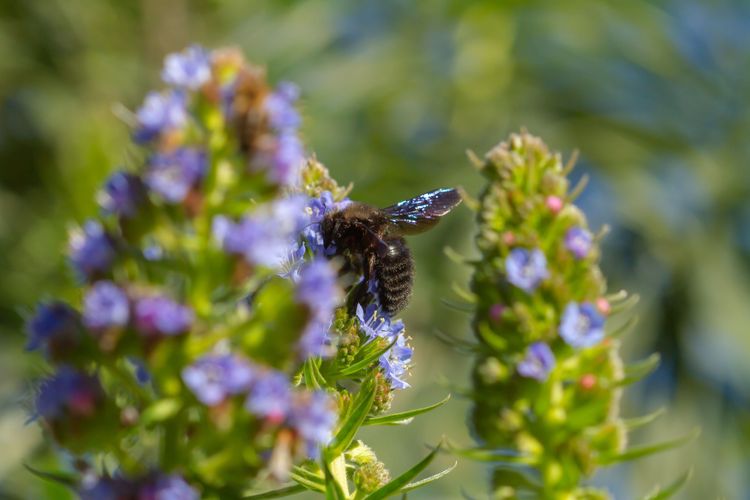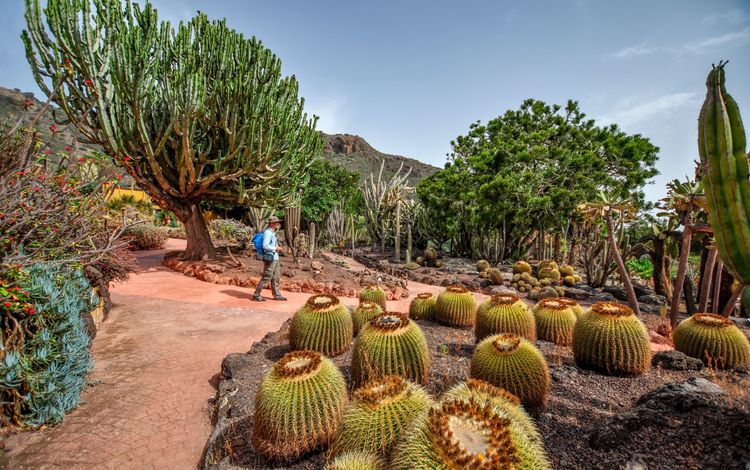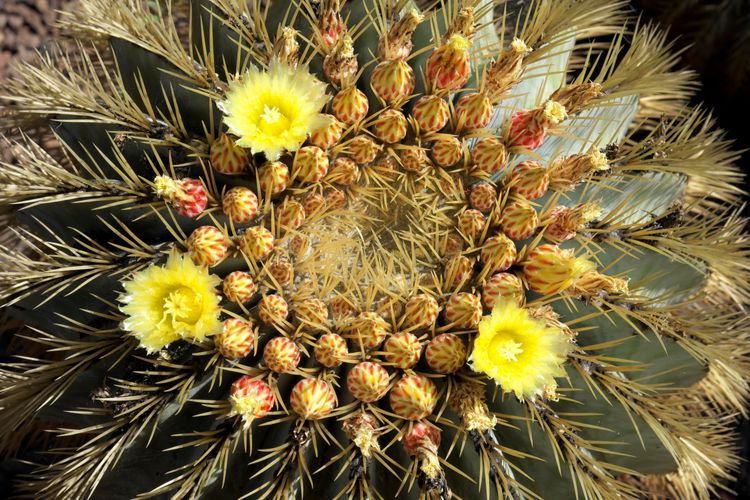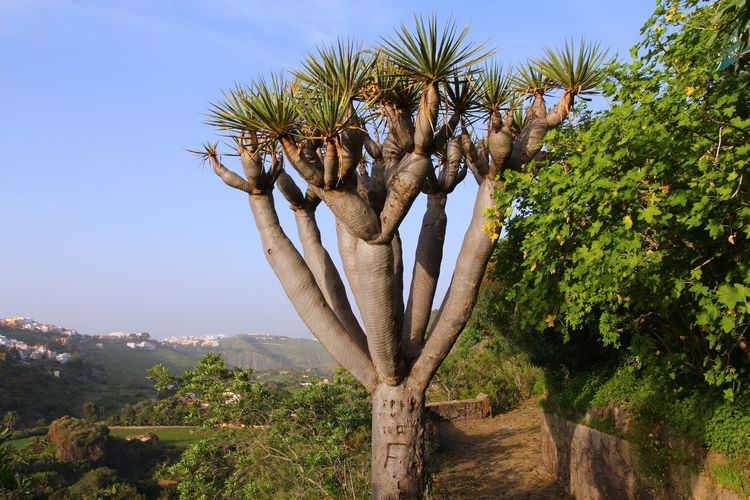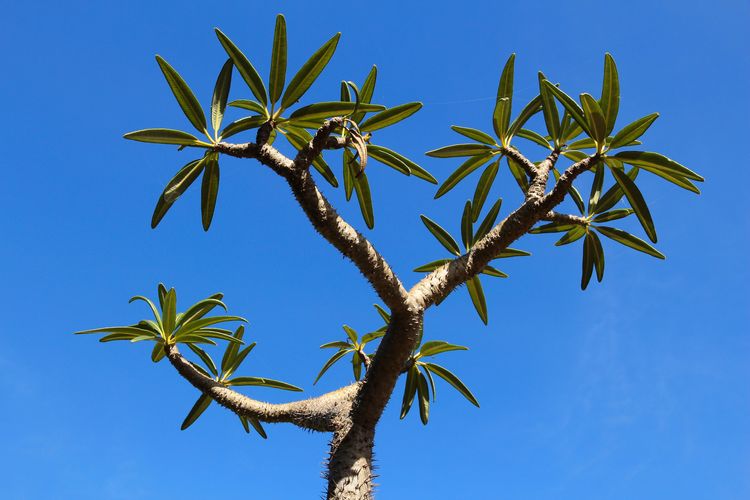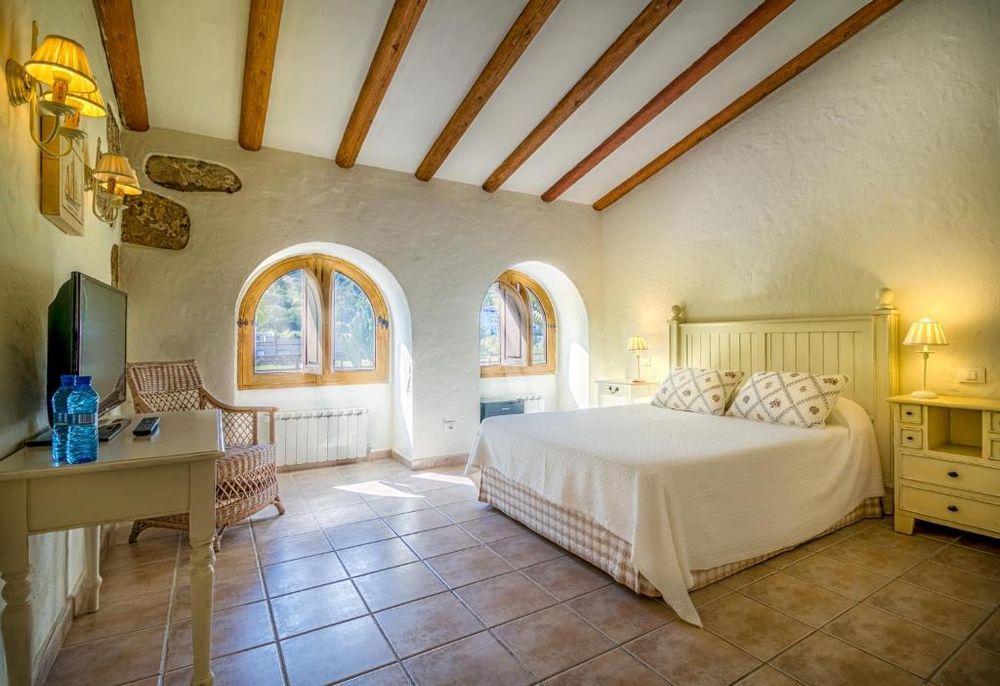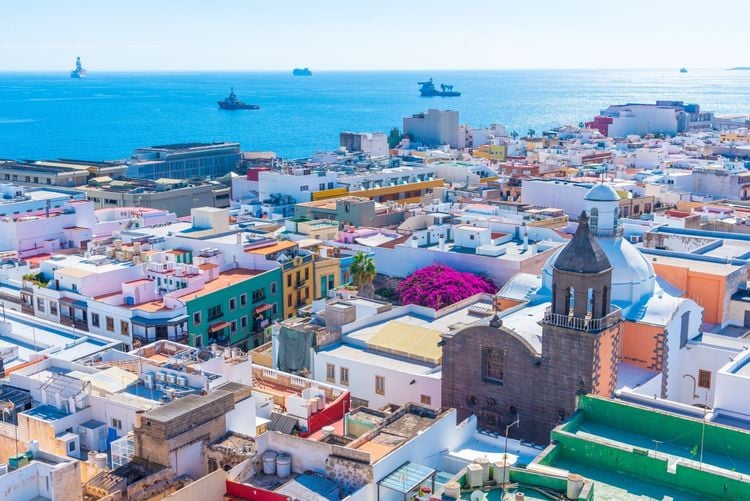With the help of collaborators such as Fernando Navarro, Juan Nogales and Jaime O'Shanahan, he managed to overcome all these difficulties so that, in 1959, the Botanical Garden opened its doors to the public under the name of the Viera y Clavijo Botanical Garden in honour of the 18th century Canarian naturalist José de Viera y Clavijo, a disciple of the botanist Cavanilles and pioneer of the natural sciences in the Canary Islands archipelago.
Unfortunately, Sventenius lost his life in a traffic accident on 23 June 1973, in front of the Garden itself, and so today, at the suggestion of D. Navarro, a tomb in memory of the creator lies in the laurel forest area where the garden staff pay tribute to him every year. After his death, other naturalists have continued with the work of study and consolidation of the Canarian Garden, where today several lines of research are being carried out with the aim of developing scientific knowledge of the exclusive flora of the archipelago.
What to see?
Inside this true natural treasure located on the edge of the Guiniguada ravine, visitors can discover a wide variety of species, both from the Canary Islands and the Macaronesia region, some of which are in danger of extinction. The Garden is organised in such a way that, as you walk along the paths that cross its 27 hectares, delimited by this exclusive flora, you will be able to contemplate the different ecosystems that make up the island.
